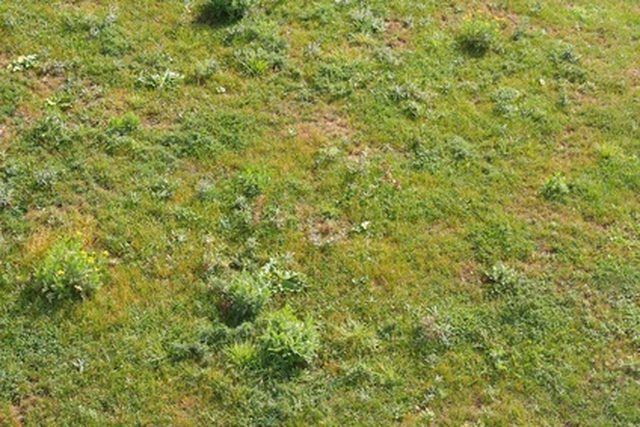Bulbs
Flower Basics
Flower Beds & Specialty Gardens
Flower Garden
Garden Furniture
Garden Gnomes
Garden Seeds
Garden Sheds
Garden Statues
Garden Tools & Supplies
Gardening Basics
Green & Organic
Groundcovers & Vines
Growing Annuals
Growing Basil
Growing Beans
Growing Berries
Growing Blueberries
Growing Cactus
Growing Corn
Growing Cotton
Growing Edibles
Growing Flowers
Growing Garlic
Growing Grapes
Growing Grass
Growing Herbs
Growing Jasmine
Growing Mint
Growing Mushrooms
Orchids
Growing Peanuts
Growing Perennials
Growing Plants
Growing Rosemary
Growing Roses
Growing Strawberries
Growing Sunflowers
Growing Thyme
Growing Tomatoes
Growing Tulips
Growing Vegetables
Herb Basics
Herb Garden
Indoor Growing
Landscaping Basics
Landscaping Patios
Landscaping Plants
Landscaping Shrubs
Landscaping Trees
Landscaping Walks & Pathways
Lawn Basics
Lawn Maintenance
Lawn Mowers
Lawn Ornaments
Lawn Planting
Lawn Tools
Outdoor Growing
Overall Landscape Planning
Pests, Weeds & Problems
Plant Basics
Rock Garden
Rose Garden
Shrubs
Soil
Specialty Gardens
Trees
Vegetable Garden
Yard Maintenance
Brown Spots on Zoysia Grass
Brown Spots on Zoysia Grass. Zoysia grass is a warm season grass that comes from Asia. It is known for its drought tolerance, and is therefore used in the southern part of the United States and along the Atlantic coast. Zoysia is a perennial grass that has smooth blades and edges that are sharply pointed. It is also salt-tolerant and wear-tolerant,...

Zoysia grass is a warm season grass that comes from Asia. It is known for its drought tolerance, and is therefore used in the southern part of the United States and along the Atlantic coast. Zoysia is a perennial grass that has smooth blades and edges that are sharply pointed. It is also salt-tolerant and wear-tolerant, with few pests and diseases. Zoysia is troubled by a few conditions, however, and its slow-growing quality makes it difficult to recuperate.
Brown Patch
Brown patch can be a problem in zoysia grass. Rhizoctonia fungus is often the culprit, caused by overfertilization. Fortunately, it does not kill the grass and zoysia is able to recover as it fills in during the warmer weather. Proper fertilization and watering helps to control this disease. Benomyl or chlorothalonil fungicide is used to control the spread.
Cold Weather Effects
Zoysia grass turns brown in cold temperatures and may be slow to green up in areas that have poor drainage or that are exposed to cold and wind, as on ridges. Efforts to improve the drainage in the affected area will help to green up sooner.
Compacting
When deeper areas of sod become compacted, they may not be able to absorb properly to receive the moisture and nutrients they require. Browning of the area can occur. The best way to treat this is to make sure the soil is aerated properly. A motorized aerating machine that pokes thousands of holes in the soil can be rented at hardware or tool rental stores.
Thatch Problems
Zoysia grass tends to produce thatch from dried cuttings and dead material that can cause brown patches on the lawn. This material can get quite thick and tangled and prevent fertilizer and moisture from reaching the soil and roots. Thatch should be removed from zoysia grass every other year to prevent this problem. A vertical mower can be used to remove the thatch, according to the Texas A & M University website.
Billbugs
Zoysia grass can be infested with billbugs that will feed on the grass, causing yellow spots until the turf becomes so loosened it dies and browns. To find billbugs, shovel up a 1-foot square piece of the turf and turn over to inspect. Billbugs are ?- to 1/2-inch long and are gray or blue-black in color. The larvae are white with a brown head. If you find the presence of adults or larva, contact your university agricultural extension for their recommendation on the best insecticide for your area.
Grubs
Grubs are often confused with the larvae of billbugs. They are the larvae of the June beetle and feed on grass at the soil level. Large sections of lawn can be affected by the infestation causing lifting of the sod and die off. Mach 2, a biological control, or sevin, a chemical insecticide, is used for grub problems in lawns. Consult your local agricultural extension for advice on the best methods of control.